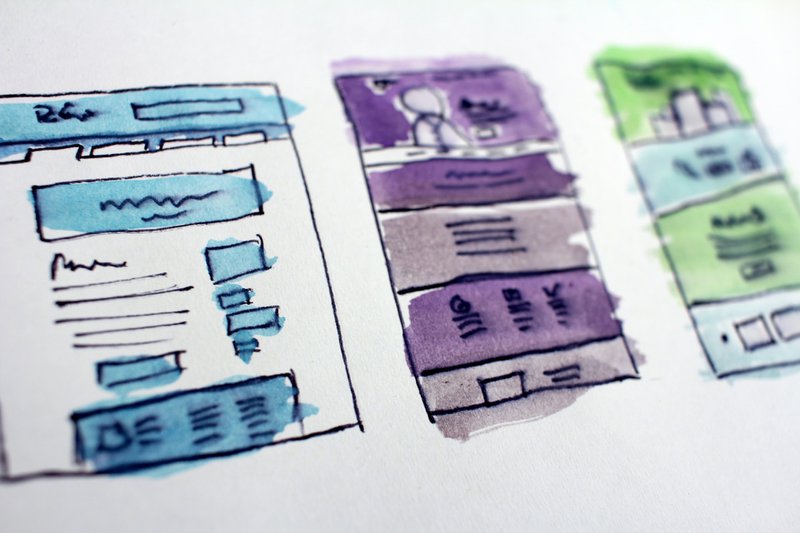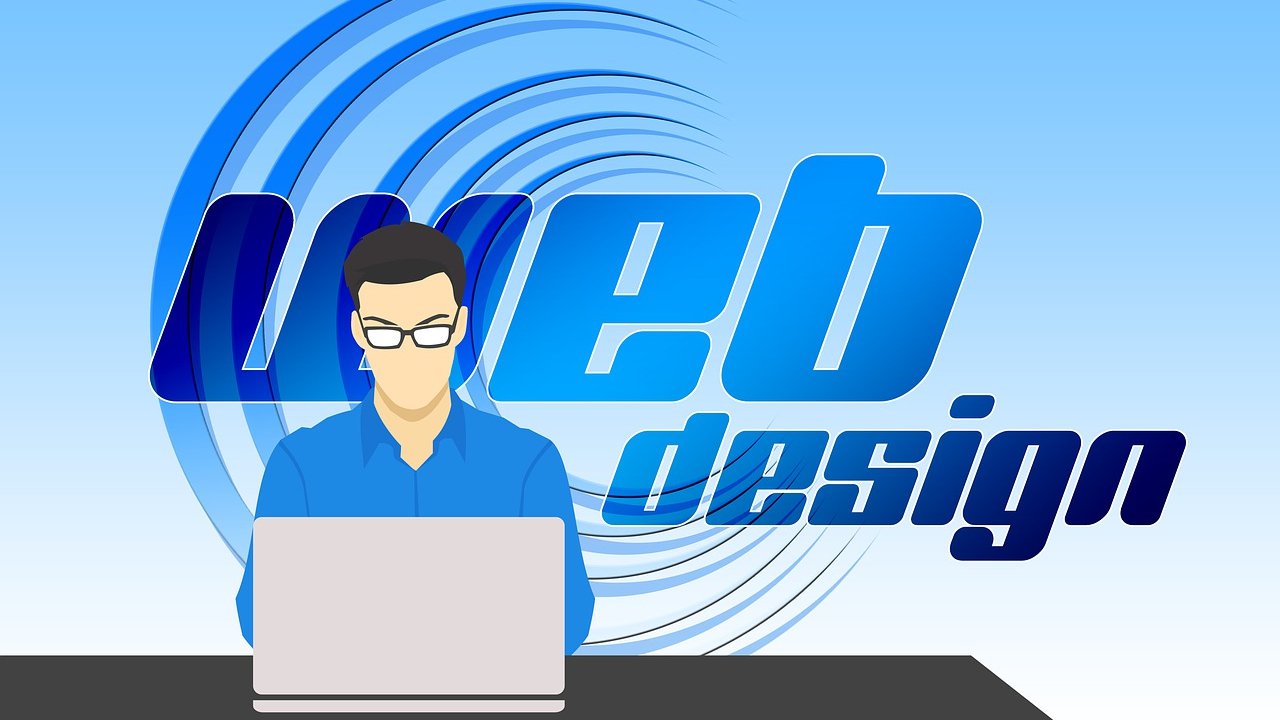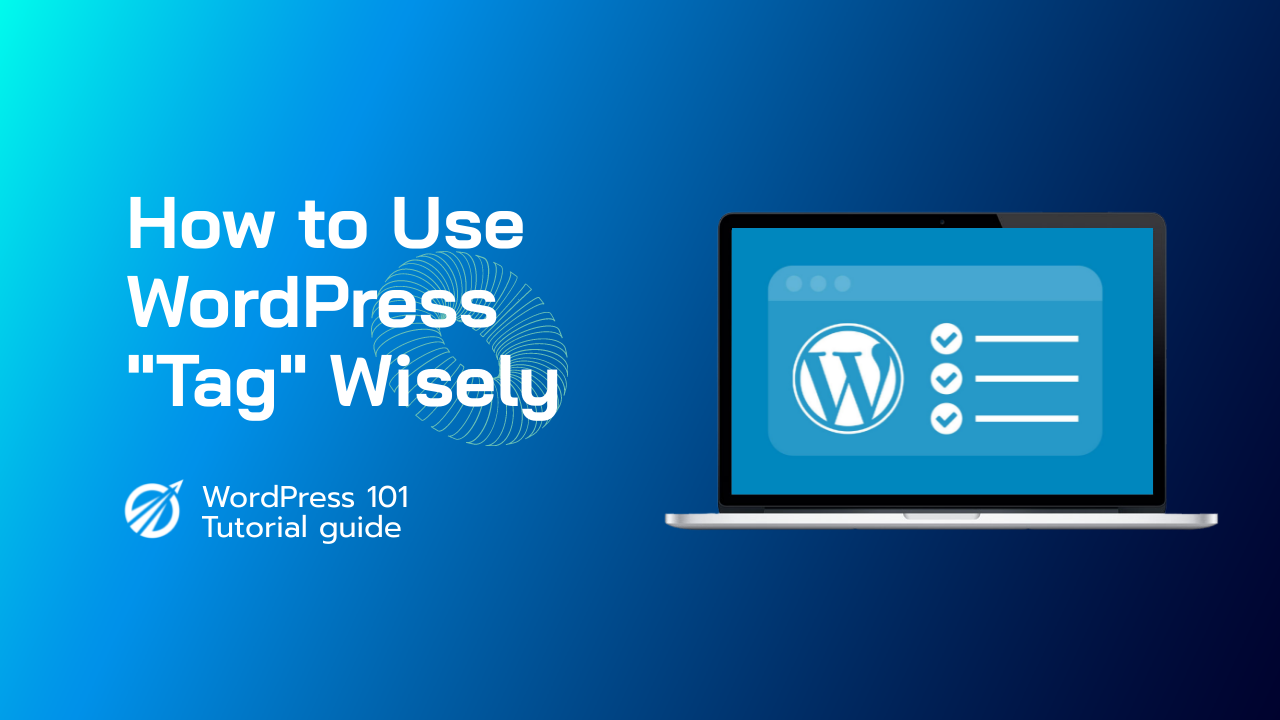曾經有一段時間,人們會問‘如何設計網站? 可以透過在網頁設計課程上花上幾個小時編寫網站程式碼來找到答案。或者,如果你有預算,你可以僱用一些年輕的大學生,試圖靠這筆錢勉強維持生計。 網路上有很多自由工作網站.
如今,由於網站建立器的存在,設計網站變得非常簡單;在這裡選擇一個圖標並將其放在那裡。網站建立者已經不再需要具備硬核編碼技能。任何有一定常識並使用電腦的人都可以創建一個外觀精美、適合行動裝置且反應迅速的網站。甚至可以在半小時內完成。
以使用者體驗為中心的網頁設計
我們已經確定,如今的網站設計並不需要技術技能。所以實際上,你唯一的限制就是你的想像。然而,你要非常小心地對待這種想像;您所建立的網站應該針對您的目標受眾進行設計。不是你!
大多數人在建立網站時都會犯這樣的錯誤。他們竭盡全力展示自己的技術技能,並添加了許多花哨的東西。這條路線通常不會帶來我們所謂的良好的使用者體驗(UX)。您的目標受眾應該盡可能快速、有效率地從您的網站獲得他們想要的內容。
本文將探討設計具有良好使用者體驗的網站的基本步驟。具體如下:
1.規劃
俗話說,「沒有計劃,就等於計劃失敗,’ 再合適不過了。與任何專案一樣,回答如何設計網站的第一步是從規劃開始。此階段可讓您清楚預見情況並最大限度地減少疏忽。在此階段你應該問自己的一些問題包括:
在規劃階段,當您與同事集思廣益時,會產生許多想法。把它們寫下來,然後在從所建議的想法中挑選出最好的,從而篩選出好的和不好的想法,這總是明智的。
集思廣益時,不要將自己局限於傳統的做事方式。大膽思考並跳脫固有的思考框架是可以的。嘗試新的做事方法。最後,你應該得到一個涵蓋了所有可能性的藍圖。規劃階段結束後,您應該對網站的使用者介面、導航、側面板和其他網站元素有一個明確的規劃。
2. 選擇正確的主題
有了網站的藍圖後,您現在需要選擇適合網站的視覺佈局。其中包括配色方案、字體和排版。所選字體在不同的螢幕尺寸下應該能夠很好地放大和縮小。另外,檢查一下字體如何與各種語言配合使用。至於顏色,確保它能捕捉到正確的情緒。例如,綠色與環境和健康有關,而紅色表示攻擊性和衝動。確保網站反映您的品牌主題。
3. 良好的網站佈局和便捷的導航
最好從規劃階段就建立網站導航、側面板和通用使用者介面。雖然主頁非常重要,但不要錯誤地認為每個訪客都會訪問主頁。在很大程度上,您無法控制人們如何找到您的網站。他們可能是透過社群媒體上的部落格文章或谷歌上的關鍵字搜尋而被吸引的。他們很可能不會先登陸您的主頁。
在考慮如何設計網站時要考慮的關鍵標準是網站導航。為了正確處理這一部分,請將自己置於訪客的角度,並按照與訪客相關的順序互連網頁。如果您希望訪客採取特定的期望操作,請確保您的號召性用語 (CTA) 非常突出且直接。
4. 注重細節
您希望讓您的網站引人注目並吸引訪客。實現這一目標的一種方法是重點關注選單、按鈕和圖像位置等小細節。在您的網站上添加微互動元素等微小的事情可以增加訪客的互動。不要忽視字體渲染不佳和色彩對比度較差等小問題。為了發現這些可能出錯的微小事情,您需要密切注意細節。
5. 正式發布前進行測試
一旦您感覺您已經在您的網站上盡了最大的努力。最好先為小群用戶製作原型,然後再公開發布。它可以是圖片、影片或靜態 HTML 檔案的形式。一旦他們看完了,就收集他們的回饋並調整他們認為需要改進的地方。請務必在網站發布截止日期前儘早完成原型設計,以避免最後一刻的修改。
在這方面,網站建立器可以讓您輕鬆、快速地建立網站,並且您將有充足的時間進行原型設計。透過網站建立器,您可以快速開發一個概念網站,對其進行示範、刪除,然後快速重新開始。如果您使用舊方法對網站進行編碼,這個過程將會非常麻煩。
如何使用 WP Builder 設計網站
WordPress (WP) 是一款受歡迎的 內容管理系統 它為當今互聯網上的大部分網站提供支援。現在,您可以加入 WP 潮流,無需編寫任何程式碼即可啟動和運行您的網站,特別是如果您使用強大的網站建立器,例如 WP 網站建立器,有免費版和付費版。
但是,如果您註冊我們的主機 WordPress 計劃,您將獲得 WP Website Builder premium 作為附加服務。要開始使用此工具,請使用電子郵件地址註冊,您的 WP 登入憑證將透過電子郵件發送給您。許多人的共同起點是 WP Website Builder 安裝精靈。

WP Website Builder 安裝精靈
WP Website Builder 精靈將引導您完成所需的網頁設計設定。您需要做的就是選擇您想要的 WordPress 主題(網頁版面)。這些主題有數十種,幾乎可以滿足您的所有需求,從簡單的靜態網站到用於部落格的大量新聞網站。
每個主題都帶有不同數量的網頁。但是,您可以選擇新增、刪除和編輯這些網頁。您還可以添加您的社交媒體訊息、連結到您的社交媒體個人資料,甚至將社交媒體貼文嵌入到您的網站。更不用說,您還可以輸入您的基本聯絡方式。
準備好啟動網站後,只需點擊 完成並安裝。當網站上線時,您現在可以存取儀表板,從而為您提供更多管理網頁及其內容的選項。
總結
我們知道並非每個人都有時間或耐心進行這種 DIY 網頁設計。即便如此,人們也不太可能像那些整天致力於學習「如何設計網站」的人那樣賦予它專業性。你可以坐下來 將任務外包給我們的專業網頁設計師,他們熟悉網頁建立器,並且能夠使用傳統的編碼技能進一步增強它們。



















